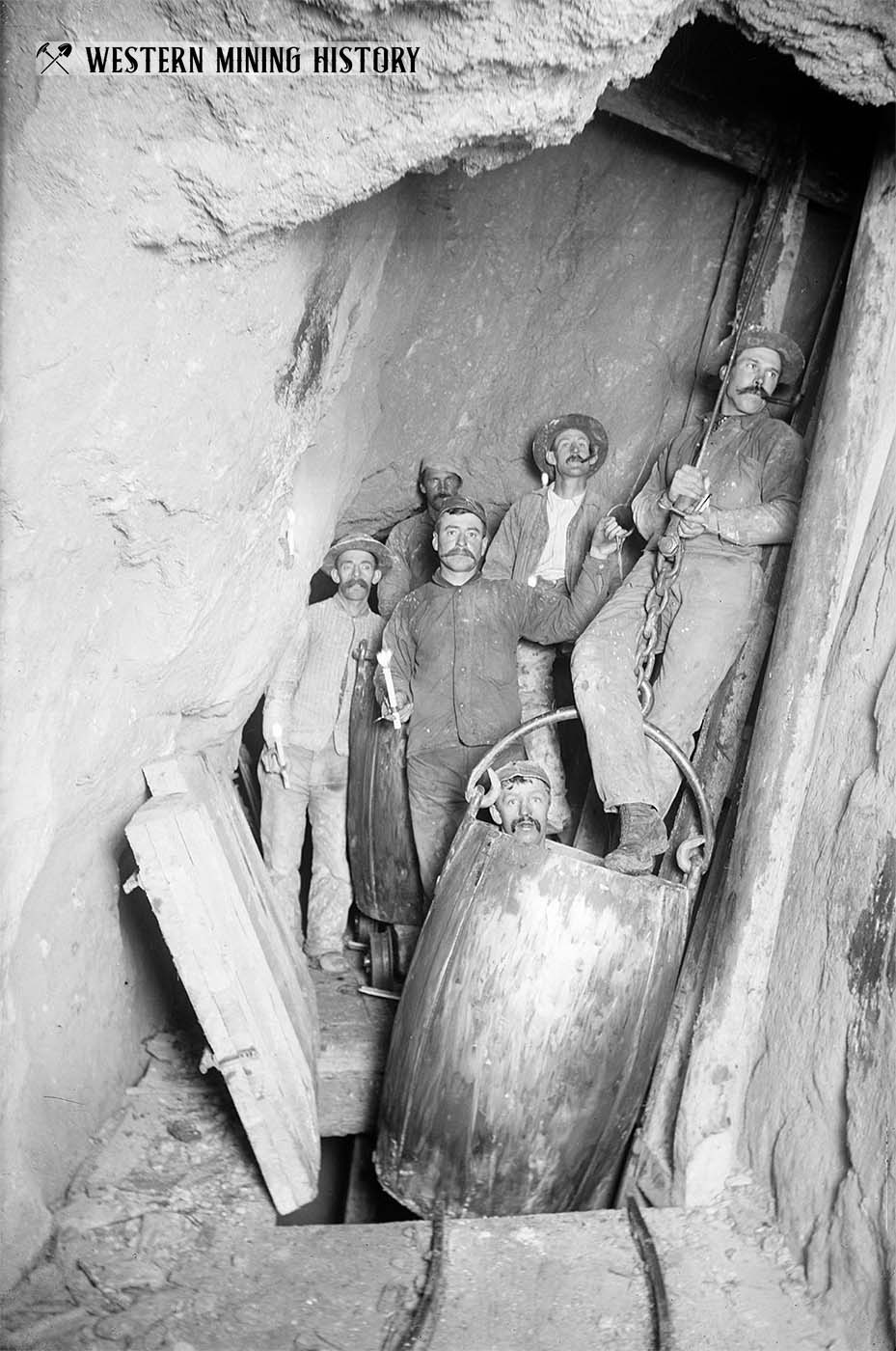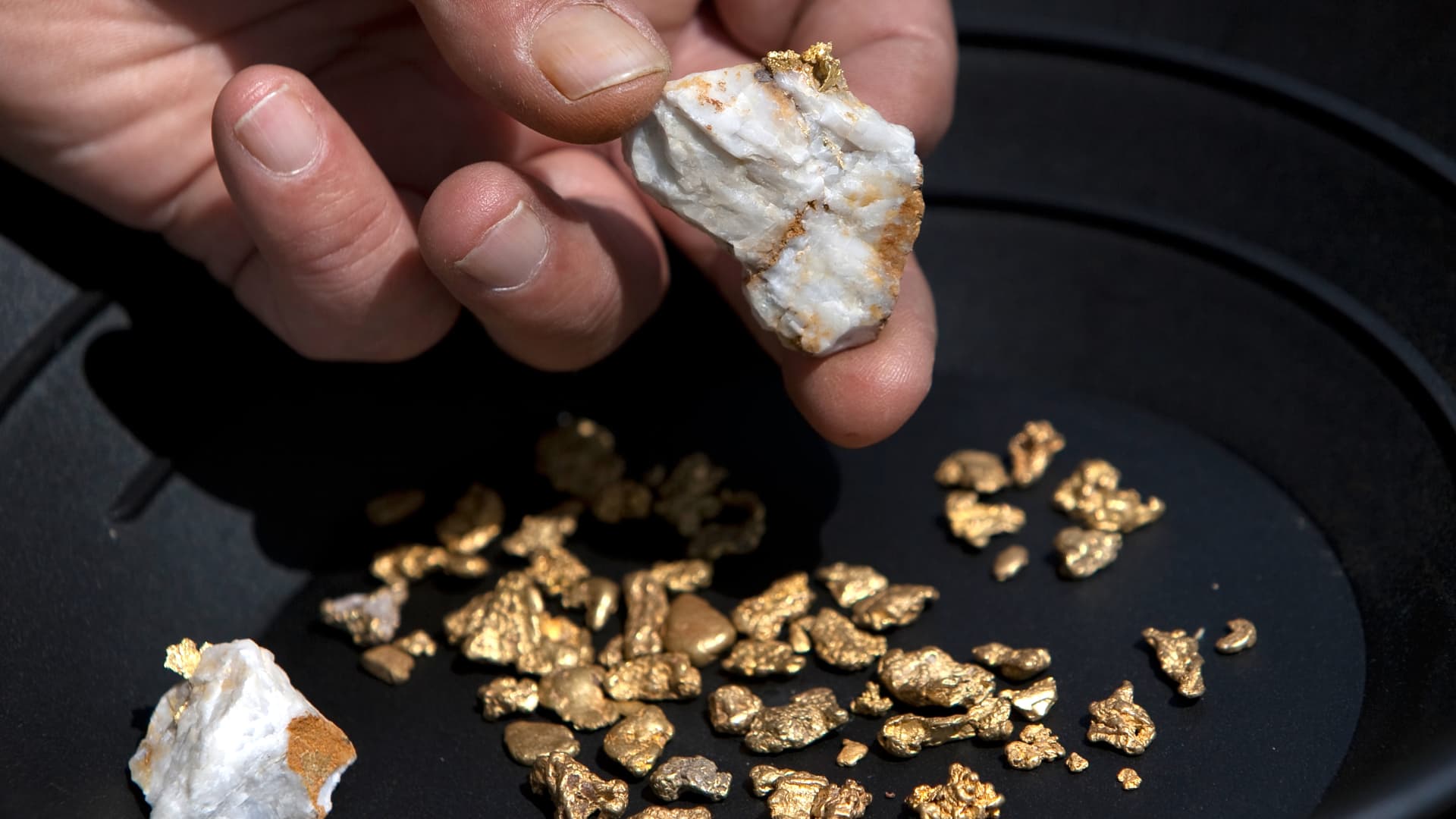Uncovering The History Of Mining On Boulder County's Switzerland Trail

Table of Contents
Early Mining Activities on the Switzerland Trail (Pre-1860s)
Indigenous Mining Practices
Long before the Colorado Gold Rush, Indigenous peoples inhabited this land and utilized its resources. Evidence suggests prehistoric mining practices, though the scale and methods remain largely undocumented. Further research is needed to fully understand the extent of indigenous resource use in the Switzerland Trail area.
- Specific Tribes: While specific evidence linking particular tribes to large-scale mining in this precise location is limited, it’s crucial to acknowledge the presence and resource management of various Indigenous groups, including the Ute and Arapaho nations, who historically inhabited the region.
- Potential Methods: Indigenous mining likely involved smaller-scale extraction, potentially focusing on readily accessible materials like ochre for pigments or other minerals for tools and ornamentation. Systematic archeological surveys are required to uncover more detailed information.
- Archeological Findings: Limited archeological findings in the surrounding areas suggest the presence of ancient mining tools or evidence of resource processing, hinting at potential early mining activity along the Switzerland Trail’s precursor paths.
The Gold Rush Influx and its Impact
The Colorado Gold Rush of the 1850s and 1860s dramatically altered the region. The discovery of gold sparked a frenzy of activity, with prospectors flooding the area, including the regions surrounding the present-day Switzerland Trail.
- Specific Locations: While precise locations of early gold finds along the Switzerland Trail are often obscured by time and the evolving landscape, many streams and gulches in the area likely yielded gold during the initial placer mining boom.
- Mining Techniques: Placer mining, which involved panning for gold in stream beds and using sluices to separate gold from sediment, was the dominant method initially. As richer deposits were discovered, more complex methods may have been employed.
- Scale of Activity: The scale of activity varied greatly depending on the richness of the finds, but the Gold Rush significantly impacted the early development of Boulder County, with numerous small-scale operations likely operating along and near the Switzerland Trail.
The Boom and Bust Cycles of Switzerland Trail Mining
Periods of Intense Mining Activity
Following the initial gold rush, periods of intense mining activity continued throughout the late 19th and early 20th centuries. The discovery of other minerals beyond gold fueled further economic booms.
- Specific Mines: While the exact names of many small mines along the Switzerland Trail are lost to history, research into Boulder County mining records may reveal further details. Larger operations in neighboring areas undoubtedly influenced activity along the trail.
- Mining Companies and Individuals: Numerous small independent miners, alongside a few larger companies, likely participated in extraction. The names of these individuals and companies are often difficult to track down, requiring extensive archival research.
- Minerals Extracted: Besides gold, silver, tungsten, and other minerals were likely extracted from mines in the vicinity of the Switzerland Trail, further contributing to the region’s economic fluctuations.
Decline and Abandonment
The boom eventually turned to bust. Several factors contributed to the decline of mining activity along the Switzerland Trail:
- Exhausted Resources: As easily accessible gold and other minerals were depleted, mining became less profitable.
- Economic Shifts: Global economic changes and the shifting focus of industries outside of mining led to a decrease in investment in the region.
- Technological Advancements: Improved mining techniques were often less applicable to smaller-scale operations, making them less competitive.
- Consequences of Decline: The decline left behind numerous ghost towns and abandoned mines, many of which are still visible today along and around the Switzerland Trail.
The Switzerland Trail Today: Remains of Mining History
Visible Evidence of Past Mining
The Switzerland Trail itself serves as a living museum of mining history. Hikers can still encounter physical evidence of this past:
- Abandoned Mine Shafts: Be extremely cautious and avoid approaching any potentially dangerous abandoned mines. Many are unstable and pose significant risks.
- Tailings Piles: Remnants of processed ore can be seen as piles of waste rock and sediment along various parts of the trail.
- Remnants of Structures: Foundations, rusted equipment, and other structural remnants may be visible, providing glimpses into the past. Always respect these historical sites.
- Safety Precautions: Never enter abandoned mines. Be aware of unstable terrain and potential hazards associated with old mining sites.
Preservation Efforts and Tourism
Efforts are underway to preserve and interpret the mining history for future generations:
- Historical Societies: Local historical societies in Boulder County are actively researching and documenting the region's mining past.
- Museums: Museums in Boulder County showcase artifacts and information about the region’s mining heritage, providing context for visitors exploring the Switzerland Trail.
- Ecotourism: The Switzerland Trail has become a popular destination for hikers who also enjoy learning about the area's history. Sustainable tourism practices are essential to preserving the historical and natural features of the trail.
Exploring the Legacy of Mining on Boulder County's Switzerland Trail
The Switzerland Trail's mining history spans centuries, from potential prehistoric Indigenous resource use to the boom and bust cycles of the Gold Rush and beyond. Understanding this rich past adds a deeper layer of appreciation to the beauty and challenges of this iconic trail. The abandoned mines, tailings piles, and other remnants serve as poignant reminders of the human impact on the landscape.
We encourage you to explore the Switzerland Trail, keep an eye out for the evidence of its mining past, and delve deeper into Boulder County's mining history. Visit local historical societies, museums, and research archives to learn more about the legacy of mining on this remarkable trail. Discover the full story of Boulder County mining history and explore the Switzerland Trail mining legacy for yourself!

Featured Posts
-
 Teylor Svift Pobila Rekord Prodazhiv Vinilu Za 10 Rokiv
May 18, 2025
Teylor Svift Pobila Rekord Prodazhiv Vinilu Za 10 Rokiv
May 18, 2025 -
 The Collapse Of Putins Peace Talks A Diplomatic Assessment
May 18, 2025
The Collapse Of Putins Peace Talks A Diplomatic Assessment
May 18, 2025 -
 Teylor Svift Liderka Prodazhiv Vinilovikh Plativok Ostannogo Desyatilittya
May 18, 2025
Teylor Svift Liderka Prodazhiv Vinilovikh Plativok Ostannogo Desyatilittya
May 18, 2025 -
 Witnessing 9 11 A Netflix Documentary On A Survivors Fight For Survival
May 18, 2025
Witnessing 9 11 A Netflix Documentary On A Survivors Fight For Survival
May 18, 2025 -
 Amazon Syndicat Des Travailleurs Et Fermetures D Entrepots Devant Le Tribunal Du Travail Du Quebec
May 18, 2025
Amazon Syndicat Des Travailleurs Et Fermetures D Entrepots Devant Le Tribunal Du Travail Du Quebec
May 18, 2025
Latest Posts
-
 Ego Nwodims Snl Weekend Update Audience Profanity
May 18, 2025
Ego Nwodims Snl Weekend Update Audience Profanity
May 18, 2025 -
 Gold Plunges Amidst Trader Profit Booking On Us China Trade Optimism
May 18, 2025
Gold Plunges Amidst Trader Profit Booking On Us China Trade Optimism
May 18, 2025 -
 Can Carneys Cabinet Deliver A Critical Assessment By Gary Mar
May 18, 2025
Can Carneys Cabinet Deliver A Critical Assessment By Gary Mar
May 18, 2025 -
 Gold Price Drop Profit Taking And Us China Trade Deal Optimism
May 18, 2025
Gold Price Drop Profit Taking And Us China Trade Deal Optimism
May 18, 2025 -
 Assessing Carneys Cabinet A Call For Responsible Governance
May 18, 2025
Assessing Carneys Cabinet A Call For Responsible Governance
May 18, 2025
